#collective memories
Explore tagged Tumblr posts
Text
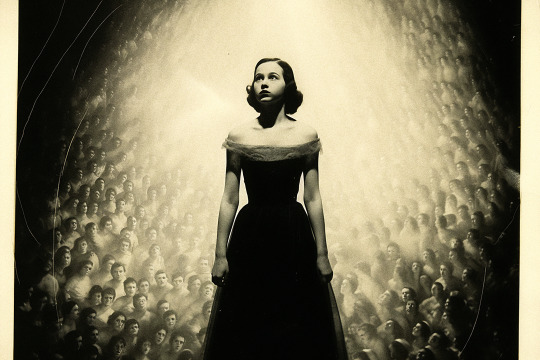

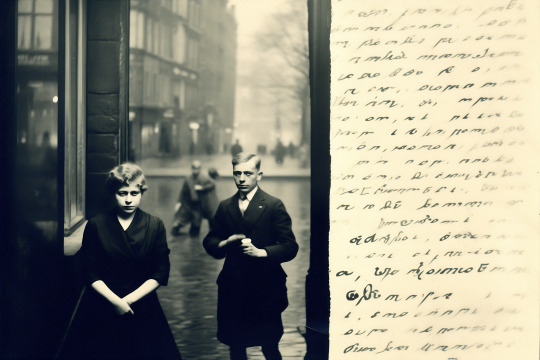


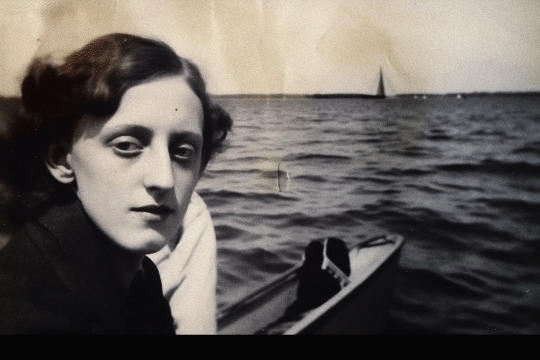
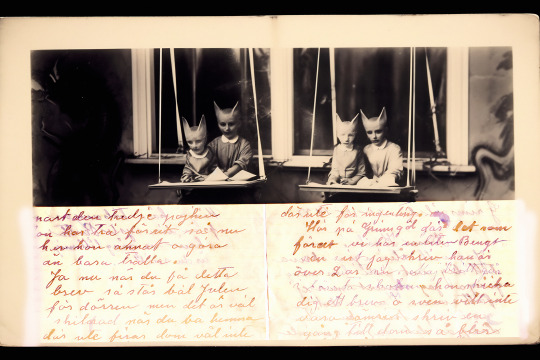
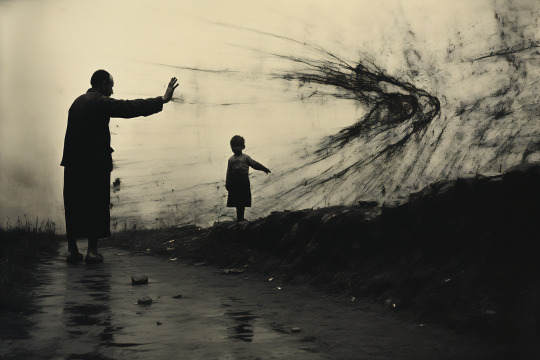
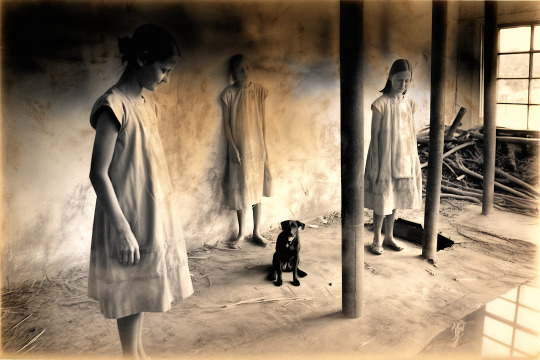

Collective memories
You may have come across Semioticapocalypse, a blog I started—frightening to consider how long ago it was, — that became essentially the origin of the «Collective Memories» (CM). Both Semioticapocalypse and the CM project emerged primarily from my longstanding love for black-and-white photography, which later evolved into an interest in its history and theory. Secondly, thу new enterprise owes much to the staggering and mesmerizing impact that the Cambrian explosion in the world of generative models has had (and continues to have) on me, particularly when it comes to diffusion models, generating images visual or textual inputs as well as from various combinations of thereof.
The term "collective memory" denotes the aggregate of memories, knowledge, and data that a social group holds, which is intrinsically linked to the group's identity. The term "collective memory" in English and its French counterpart "la mémoire collective" emerged in the latter half of the 19th century. Maurice Halbwachs, a philosopher and sociologist, further developed this concept in his 1925 work, «Les cadres sociaux de la mémoire» (eng. text). Both expansive and intimate social collectives can create, disseminate, and inherit collective memory.
Contrary to the term "collective memory," which is somewhat ambiguously defined yet generally accepted, the notion of "collective memories" is inherently problematic. Memories are the results of the individual acts of recollection, making the idea of "collective memories" paradoxical. Сontemporary diffusion models utilize vast amounts of often unidentified data, including historical and personal old photographs, vintage postcards, and other kinds of publicly circulating images. These models may be seen as involved in the prompts-driven singular acts of remembrance, producing images that paradoxically represent "collective memories," something otherwise unfeasible and ultimately, non-existent.
The visual works published here and elsewhere on this blog were created using Midjourney. Each of them comes as the result of finding optimal (for lack of a better world) combined text/image prompt through exhaustive search a. k. a. generate-and-test method; the process is apparently as labor-intensive as it is time-consuming. The major part of the works belongs within the "Collective Memories" framework. In addition to visuals there will be eventually / hopefully a p2p publication or two.
Past works that align with the CM project in terms of both concept and style, even if not published as such, can be found on Behance. Then there's Instagram (crowв there is kind of thin but I'm set on daily updates). Last but not least, there are sporadic posts on Facebook, in designated groups only, — primarily 'MJ Official' (weekly or so) and another nice one here (occasionally). In case you would like (for whatever reason) to buy NFT or two, it can be arranged via Makers Place: drop me a line.
#midjourney#ai#ai art#ai generated#generative#generative art#retro style#neurophotography#promptography#disturbing#weird#hybrids#collective memories#memory studies#surreal#public history#vintage style
146 notes
·
View notes
Text

Buy these and/or other images as prints
[other images]
#AI#generative#generative art#ai art#Midjourney#neurophotography#promptography#collective memories#vintage style#retro style#diffusion models#neuroart#neurohistory#wall prints#Art Prints Home Decor Wall Art Wall Prints Interior Design Prints#Art Prints#Home Decor#Wall Art#Interior Design#Prints
12 notes
·
View notes
Text
i cant stop thinking about the fact that the us and uk killed one million people in indonesia as part of the cold war effort and barely anybody knows about it much less cares. trying to tell somebody about it especially in the west will just garner laughter and celebration -- genocide is okay if they are (true or suspected) communists, no matter what. one million people
#op#this is not a number that exists solely in an infographic#those were whole and complete people with rich inner lives and families who probably thought very very similarly to you#who died in some of the most horrific ways possible#and its a total blot in the collective memory of the united states#the youngest of the victims were only as old as my father -- the majority of the survivors are alive today and still asking for an apology
6K notes
·
View notes
Text

Jane Hirshfield, from The Beauty: Poems; “Entanglement”
[Text ID: “You are there. I am here. I remember.”]
#jane hirshfield#rememberance#memory#excerpts#writings#literature#poetry#fragments#selections#words#quotes#poetry collection#typography
7K notes
·
View notes
Text
"It wasn’t until about two years into the pandemic, when the “vax and relax” era was clearly not going to work, that I had to reckon with my system for organizing time. I couldn’t delay the future any longer; I couldn’t continue protecting the story of my life from the pandemic’s incursion. So I accepted the terrible fact that the pandemic was going to continue indefinitely and was not merely an event in my life but rather the container in which the rest of my life would take place. This was a difficult reckoning. It required that I come to terms with a great deal of grief about the failures of those around me; about what I lost and will have lost; a privilege in thinking that these were the sorts of world-historical changes that happened to other people, at other times. But it was also a reckoning that rescued the orderliness of time, for me. It was as if the clock was un-paused, and life resumed its forward march. I think most people stabilized their warped sense of time by other means. Instead of accepting that the pandemic continued on, that we failed to contain it and so would need to incorporate its ongoing reality into the stories we tell ourselves about our own lives, they instead transformed the fantasy of after into their reality. After the pandemic, after the lockdowns, after our world ruptured. They were able to interrupt the prolonged uncertainty that the pandemic had brought to all of our lives by erecting a finish line just in time for them to run through it. And as they ran through it, celebrating the fictional end of an arduous journey, they simultaneously invented a new before. This is the invention of memory. The Pandemic became something temporally contained, its crisp boundaries providing a psychic safeguard to any lingering anxieties around the vulnerability and interdependence of our bodies that only a virus could show us. No longer did it threaten to erupt in their everyday lives, forcing cancellations and illnesses and deaths. It was, officially, part of The Past. And from the safety of hindsight (even if only an illusion), people began telling and re-telling the story of The Pandemic in ways that strayed from how it all actually went down. It was a way to use memory as self-soothing."
--Emily Dupree, The invention of Memory
#pandemic#covid#covid 19#covid isn't over#covid conscious#time#memory#grief#collective memory#collective trauma#pandemic grief
4K notes
·
View notes
Text

George Seferis, from Collected Poems; "Memory I" (tr. Edmund Keeley and Philip Sherrard)
[Text ID: I whispered: memory hurts wherever you touch it,]
#george seferis#collected poems of george seferis#memory i#words#poetry#typography#on memory#greek literature
16K notes
·
View notes
Text

George Seferis, tr. by Edmund Keeley & Philip Sherrard from, “Memory I.” [ID in alt text]
5K notes
·
View notes
Text


Kingdom Hearts Re:Chain of Memories - Halloween Town Sora & Riku
#kingdom hearts re:chain of memories#khrecom#sora#riku#halloween town#my gif#using a new program to make gifs. it'll take me a bit to do things more efficiently#character focused gifs would always turn out so crunchy in my old program so maybe i'll update some posts. maybe#anyways don't come after riku for not wearing a costume it's not his fault#collecting footage for these made me realize that mickey is also slightly retextured to fit into this world#which was probably obvious but i never really paid attention
550 notes
·
View notes
Text

Theodore Roethke, from "Memory", The Collected Poems of Theodore Roethke [ID'd]
#q#lit#quotes#poetry#typography#id included#theodore roethke#the collected poems of theodore roethke#memory#the lovers#reading#m#x
905 notes
·
View notes
Text
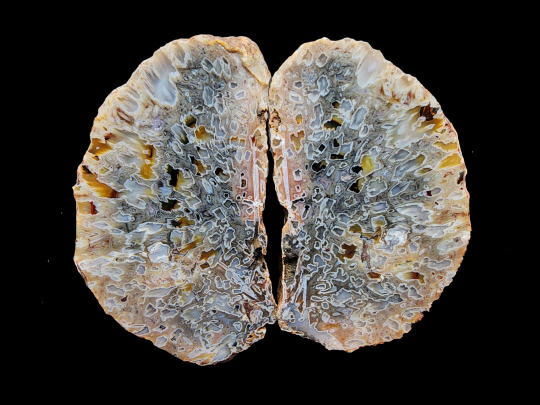
Pseudomorph Tube Agate
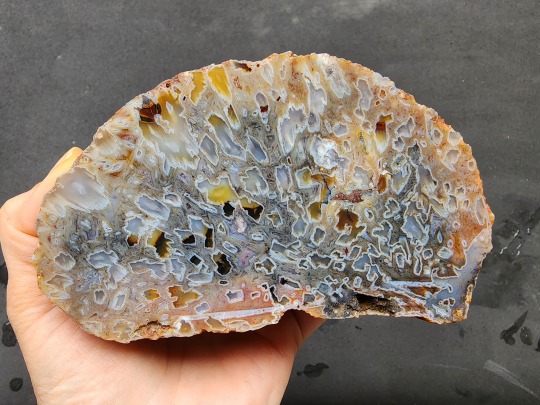
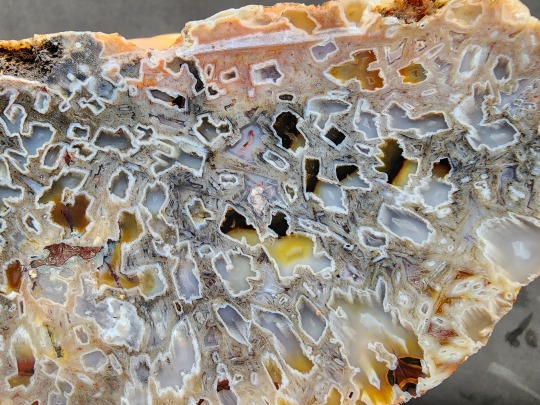
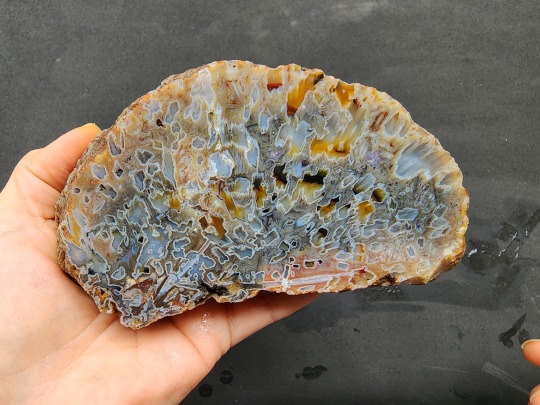
Like little memory chambers in the brain. It's a marvelous pattern.
#agate#stone aesthetic#special collections#achat#crystal collection#rocks and minerals#gemstones#geology#collectibles#crystals#natural art#natural history#memories#Pseudomorph#zeolite#mineralspecimen#mineralogy#geology rocks#crystal healing#healing crystal#macro photography#macrophotography#nature pics#decoration#decora fashion#nature photography#nature aesthetic#nature lovers#nature images#landscape
767 notes
·
View notes
Text

mine and my sisters' beanie baby collection
#my upload#from my childhood archives#2010s aesthetic#nostalgia#childhood#beanie babies#beanie baby collection#nostalgiacore#nostalgia core#nostalgic#toys#stuffed animals#plushies#2010s nostalgia#2010s#early 2010s#nostalgia aesthetic#core memory#2000s nostalgia#2000s aesthetic#childhood aesthetic#digicam#childhood memories#beanie baby#cute aesthetic#y2k#y2k aesthetic#y2kcore#kidcore
506 notes
·
View notes
Text

Habitat: Preaching (to) animals, 01
#AI#generative art#ai art#Midjourney#neurophotography#promptography#collective memories#vintage style#retro style#neuroart#generative Kunst#KI-Kunst#kollektive Erinnerungen#Vintage-Stil#arte generativo#arte de IA#生成的#生成艺术#人工智能艺术#集体#animals#animais#animaux#Tiere#動物
23 notes
·
View notes
Text
Neurophotography as the true truth
I thought that, for the sake of some variety, I would post a link here to my article (or rather, an outline of an article) from last year about what I call neurophotography. It's quite short and has already become somewhat outdated — see progress of the technology and new possibilities that have emerged over the past six months. Nonetheless, the main point still stands, — so (hopefully) enjoy.
#AI#generative art#ai art#Midjourney#neurophotography#promptography#collective memories#vintage style#retro style#neuroart#generative Kunst#KI-Kunst#kollektive Erinnerungen#Vintage-Stil#arte generativo#arte de IA#生成的#生成艺术#人工智能艺术#集体
11 notes
·
View notes
Note
hey if you're still up for suggestions i think it would be funny to put benry in one of those hydraulic presses and crush him. like in all those youtube videos

He's having a fantastic time
#hlvrai#sorry this took so long I have a 3 second memory#its been collecting dust half finished for months#gif#i fucking love physics sims#b3d
785 notes
·
View notes
Text

Linda Pastan, from Waiting for My Life: Poems; "What We Want"
[Text ID: "and in the morning / our arms ache. / We don't remember the dream, / but the dream remembers us."]
#linda pastan#dreams#aching#remembering#rememberance#memory#excerpts#writings#literature#poetry#fragments#selections#words#quotes#poetry collection#typography
14K notes
·
View notes
Note
first time sending fanart but, uhm... i was having a bit of a hard time with a test so i ripped the paper off of my eraser and started drawing Machete (and a tiny Vasco) on it from memory for emotional support
i don't know a lot about the lore but i really, really like these boys...

.
#oh the teeny tiny emotional support dogs#drawn during a test on the backside of an eraser wrapper#I love them so#for a character drawn from memory these are good!#the big bat ears are wonderful#you remembered the specific way some of his cheek fur curves towards his snout#I feel like that's an easily overlooked detail#I think the one at the bottom is my favorite though#he looks like a tripod fish#thank you! I hope your test went well despite the minor hardships#gift art#teds-awesome-doodles#Machete#Vasco#own characters#a fine addition to my collection of miniature scrap paper Machetes
186 notes
·
View notes